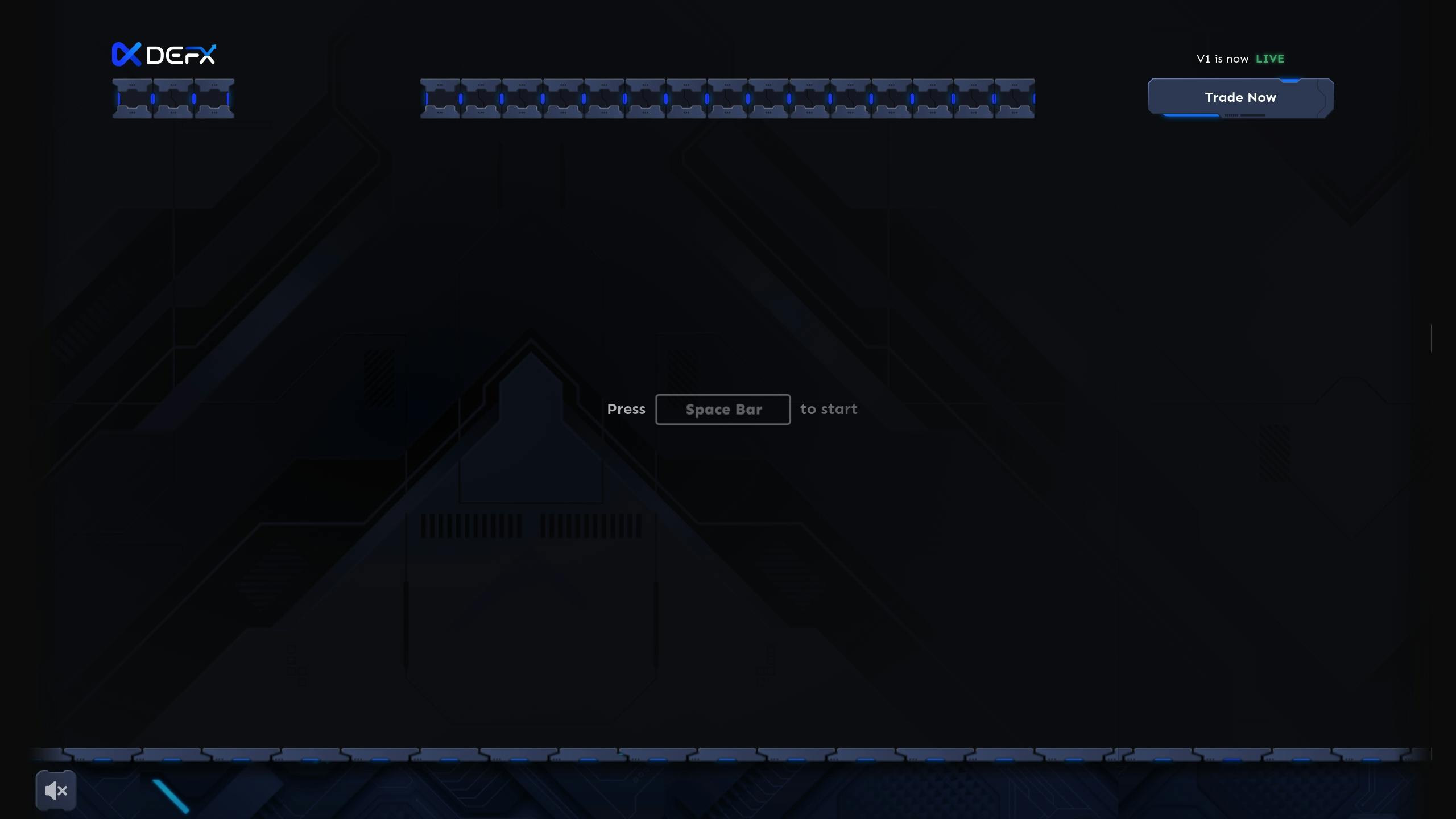Consensus finality and throughput are two critical factors in blockchain performance, especially for decentralized exchanges (DEXs). Here’s what you need to know:
- Consensus Finality: Ensures transactions are irreversible and permanently recorded on the blockchain. Two types exist:
- Probabilistic Finality: Gradual security over time (e.g., Bitcoin).
- Deterministic Finality: Instant and definitive once consensus is reached (e.g., Ethereum 2.0).
- Throughput: Measures the number of transactions processed per second (TPS). Higher throughput means faster transactions but can impact security.
Quick Comparison
| Aspect | High Finality Priority | High Throughput Priority | Balanced Approach |
|---|---|---|---|
| Transaction Speed | Slower | Faster | Moderate |
| Security Level | High | Basic | Strong |
| Network Load | Lower | Higher | Balanced |
| Settlement Time | Longer | Quick | Moderate |
| Resource Usage | Higher | Lower | Balanced |
Balancing these factors is key for scaling DEXs like Defx, which integrates Ethereum’s security with Solana‘s speed. Emerging technologies like ZK-Rollups and modular blockchains further enhance performance while addressing trade-offs.
Finality in Blockchain Consensus
How Consensus Finality Works
Consensus finality plays a key role in securing transactions on decentralized exchanges (DEXs). It ensures transaction integrity and prevents double-spending attacks.
What Does Consensus Finality Do?
At its core, consensus finality ensures that once a transaction is validated, it becomes a permanent part of the blockchain’s history. This immutability is crucial for maintaining trust and reliability in decentralized systems. Now, let’s dive into how finality mechanisms work in practice.
Probabilistic vs. Deterministic Finality
There are two main approaches to achieving finality:
- Probabilistic Finality: Used by systems like Bitcoin, this method makes transactions more secure as additional blocks are added to the chain. For example, Bitcoin transactions are generally considered secure after six blocks (around 60 minutes).
- Deterministic Finality: Found in networks like Ethereum 2.0, this approach finalizes transactions once validators reach consensus. This process typically takes 12 to 15 minutes and provides absolute certainty, which is critical for high-value transactions.
Each method has its strengths, with probabilistic finality offering gradual security over time and deterministic finality delivering quicker, definitive results.
Impact on Transaction Speed and Security
Fast finality is essential for environments that rely on high-frequency trading, allowing trades to settle quickly. However, speed must be balanced with strong security measures to ensure transactions are irreversible. Modern DEXs are designed to optimize both, supporting efficient trade execution while maintaining the integrity of each transaction. Balancing these factors is key to scaling DEX operations effectively.
Blockchain Throughput Basics
Network throughput plays a crucial role in determining how effectively a blockchain handles transactions. For decentralized exchanges (DEXs), it directly affects trading efficiency and user satisfaction.
What is Network Throughput
Network throughput measures the number of transactions a blockchain can handle per second. It’s essentially the system’s capacity to process transactions simultaneously. When activity surges, blockchains with limited throughput can experience congestion, causing transaction delays and higher gas fees. Just as consensus finality ensures transactions can’t be altered, throughput dictates how quickly those transactions are processed.
Key Factors Influencing Throughput
Several elements shape a blockchain’s ability to handle transactions efficiently:
- Block Size: Controls how many transactions fit into a single block.
- Block Time: The interval between the creation of new blocks.
- Network Architecture: The design of the protocol and its consensus mechanism.
- Node Performance: The processing power and connectivity of the nodes in the network.
- Smart Contract Efficiency: How well the smart contract code is optimized for trading.
These factors collectively determine the speed and efficiency of trades, as discussed below.
How Throughput Impacts Trade Speed
Higher throughput translates to faster and more responsive trading. It speeds up order matching, shortens settlement times, and enhances overall market responsiveness, creating a smoother user experience.
A practical example of this is Defx Perps DEX, which uses high-throughput order matching to enable fast trade execution while retaining Ethereum’s security benefits.
As decentralized finance (DeFi) continues to grow, DEX platforms are prioritizing throughput improvements to compete with traditional centralized exchanges. This push for better infrastructure is essential for meeting the demands of traders who value speed and efficiency.
sbb-itb-dd9e24a
Trade-offs Between Finality and Throughput
Finding the right balance between consensus finality and throughput is essential for optimizing DEX performance. This balance becomes especially tricky when scaling blockchain networks.
Blockchain scaling involves addressing three competing factors:
- Security: Ensuring reliable consensus mechanisms and thorough transaction verification.
- Speed: Achieving high transaction throughput and fast settlement times.
- Decentralization: Maintaining broad participation and validation across the network.
The challenge lies in improving one of these aspects without significantly affecting the others. For instance, boosting throughput often compromises immediate finality, while prioritizing strong finality guarantees can slow down transaction processing.
This trade-off directly impacts how DEX platforms operate. A good example is Defx (https://defx.com), which delivers high-throughput order matching while maintaining Ethereum-level security. Understanding these dynamics is key to improving DEX performance.
Here’s a quick overview of how different priorities affect DEX performance metrics:
| Aspect | High Finality Priority | High Throughput Priority | Balanced Approach |
|---|---|---|---|
| Transaction Speed | Slower | Faster | Moderate |
| Security Level | High | Basic | Strong |
| Network Load | Lower | Higher | Balanced |
| Settlement Time | Longer | Quick | Moderate |
| Resource Usage | Higher | Lower | Balanced |
This table highlights how design decisions shape performance. Recognizing these trade-offs helps guide the development of future DEX solutions that better balance finality and throughput.
Improving DEX Speed and Security
Decentralized exchanges (DEXs) are constantly evolving to deliver faster transactions without compromising security. Recent advancements focus on improving performance while ensuring a high level of protection for users.
Current Solutions
Several methods are already in place to improve how DEXs operate:
- Layer 2 Scaling: Processes transactions off-chain while securing them through the main blockchain.
- Sharding: Splits the network into smaller, parallel segments to handle more transactions at once.
- State Channels: Opens private transaction channels for quicker settlements.
These approaches lay the groundwork for platforms like Defx to build more efficient trading systems.
Defx‘s High-Speed Trading System

Defx has made significant strides in improving trade execution and volume. By integrating Ethereum and Solana, Defx has reduced trade execution time by 40% and increased trading volume by 25% as of Q3 2023, all while maintaining Ethereum-level security standards.
Here’s how Defx achieves these results:
- Dual-Chain Architecture: Combines Ethereum’s security features with Solana’s speed.
- Optimized Order Matching: Employs advanced algorithms to accelerate trade execution.
- Advanced Data Feeds: Reduces delays in price updates to ensure accurate trading.
New Technical Solutions
Emerging technologies are pushing the boundaries of what DEXs can achieve, offering new ways to balance speed and security:
| Technology | Primary Benefit | Implementation Challenge |
|---|---|---|
| ZK-Rollups | Enables near-instant transaction finality with strong security | Requires complex cryptographic proofs |
| Modular Blockchains | Separates execution from consensus for better efficiency | Demands precise network coordination |
| Hybrid Consensus | Offers a mix of fast finality and high throughput | Involves intricate protocol design |
These advancements highlight how cutting-edge technologies are addressing the ongoing challenge of improving DEX scalability while balancing speed, security, and decentralization.
Conclusion
Key Takeaways
Scalability in decentralized exchanges (DEXs) hinges on balancing consensus finality and throughput. High-throughput systems need to handle large transaction volumes without compromising security. This balance is crucial for ensuring reliable and efficient operations.
Moving Forward
To advance decentralized exchanges, focus on platforms that deliver fast transaction settlements alongside strong security measures. Evaluating DEX platforms for consistent and secure performance will be critical for fostering long-term growth in decentralized trading.
